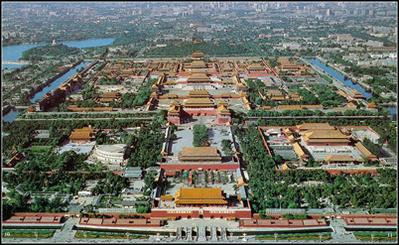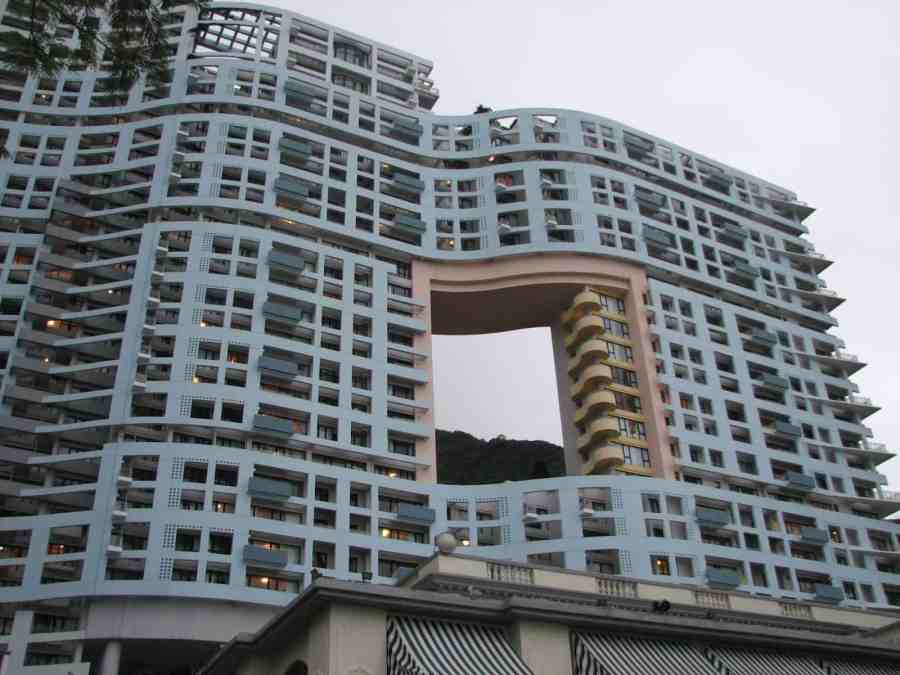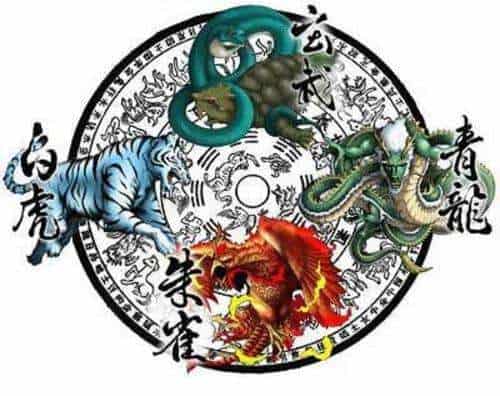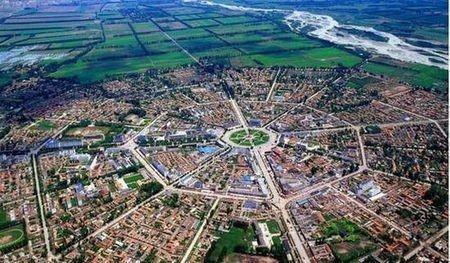It will only take [est_time] to read this post!
This article is not going to teach you how to ‘Feng Shui’ your home, or tell you where to place your cacti, but will explain how I essentially went from ‘this is weird’ to kind of getting Feng Shui and what it means within Chinese culture.
Let me start this post with a story from my experiences in China. It’s pretty impossible to go through life and not to hear of ‘Feng Shui’ even if you don’t really understand what it means. So last year, a friend of mine moved into a new apartment. It was spacious, not too expensive, but one of the downsides was that it had this odd balcony that was closed off externally, but had a grill ‘window’ that looked onto the balcony from the communal hallway. To make matters worse, the door from the apartment onto the balcony was glass and so potentially anyone in the hallway could see directly into the apartment. My friend thought this was a pretty big invasion of privacy and had a colleague make and attach a board to the window to prohibit any toms from peeping. Soon after the board was up and my friend was able to feel comfortable in her apartment knowing there were no unwanted eyes, a letter arrived under the door.
The gist of the letter was this:
The window was communal space, and open because of Feng Shui. Now that it was closed off, it would prevent air circulation and light from entering the hallway (both of which are technically being ‘stolen’ from my friends apartment.)
Of course, when we first heard about the letter we found it quite amusing, but since then I’ve learned a bit more about Feng Shui and its importance for Chinese people, especially when it comes to buying or renting an apartment. After all, can you really pooh-pooh a discipline that has existed for 5000 years?
What is Feng Shui 风水?

Feng Shui 风水 (fēng shuǐ) basically translates to ‘WIND WATER’, shown by the pictographic characters for ‘wind’ 风 (fēng) and ‘water’ 水 (shuǐ) .
In ancient times, Feng Shui was used to help people find the best place to settle, grow crops and raise cattle and finally have a place to bury relatives. The principles of Feng Shui were then used to build cities and palaces.
Feng Shui is also sometimes called 堪舆 (kān yú) ‘geomancy’. 堪 (kān) is the sky whilst 舆 (yú) becomes the earth. The geomancy method 堪舆术 (kān yú shù) is to ‘上观天道,下查地理’ (shàng guān tiān dào, xià chá dì lǐ) study the rules of the sky and geography.
Modern Feng Shui has changed somewhat from the ancient traditions, and in the West, it could be argued is more about interior design than of positive energy. There are many different schools of thought on Feng Shui, but there are several principles that are still followed in modern day China in regards to architecture and decoration.
What is Qi 气 and how is it connected to Feng Shui 风水?
Chi or Qi 气 (qì) was and still is a word used to describe energy. In ancient China, before people had real knowledge of science, Qi was an envelope term for energies that cannot be seen, but that affect us physically and emotionally. Feng Shui, controls how Qi 气 (qì) affects people based on location and environment.
Some Examples of Feng Shui 风水

One of the main principles of Feng Shui is the relationship between the landscape and the heavens and how they flow together to create positive energy for the city and buildings. Mountains and water are two major factors that were often considered in the establishing of a city, and sometimes they things were constructed artificially. For example, the moat that surrounds the Forbidden City 故宫 (gù gōng) was created intentionally to improve Qi 气 (qì). The soil that came from the moat was used to build 景山 (jǐng shān) or Prospect Hill which sits directly behind the City. The city of Xian was chosen as the capital in ancient times due to the nine mountain ranges and eight rivers surrounding the city, then named 长安 (cháng ān), which was said to be extremely auspicious.

‘Air’ and how it circulates is an important part of Feng Shui. In some apartment buildings, windows are often left open or without glass, to allow proper Feng Shui. One of the more interesting traditions of Feng Shui, as far as buildings go, are the ‘dragon holes’ 龙穴 (lóng xué)that allow a dragon come down from the mountains and pass through the building. This tradition seems most prevalent in Hong Kong, which already has ‘good’ Feng Shui due to it’s closeness to the water and mountainous protection, although there are many buildings in the neighbouring city of Shenzhen that also have the ‘dragon hole’. The dragon is a symbol of power and harmony, and allowing it to flow through the buildings and into the city as it travels to the sea, will spread its positive energy onto the city.
In the modern day, roads are also taken into consideration in relation to a property. A building that stands on an intersection may not be considered auspicious. Although nowadays many people live in apartments, the road should not be higher than the house or building.
Directional Feng Shui
Direction plays a massive part in Feng Shui, but not only looks at the position of objects for good ‘Qi’ 气 (qì) but also which direction those things point.
The direction of a building is often important, and the best position to face is south. In China, since many homes are apartments and not houses, the balcony is often classed as the ‘front’ of the home that should be facing south. So if you stand and look off the balcony, you back should be towards the north. in and should absolutely not point north. There is a logical reason for this, which is that facing south will warm up the house in the winter. Just as in ancient times, when areas were chosen to grow crops and breed animals, there is logic to this direction. Most of the population was at one point in the north where the winters would be freezing. Facing south protect the home from cold winds coming from the north, and also keep the house warm when the sun rose.
It is said that although south facing is best, your home should absolutely not face 正东 (zhèng dōng) ’correct east’, as this is the ‘direction of the gods’. Only the emperor came close to being ‘god-like’ and although the palace would face south, his personal quarters would face east.
The Feng Shui Animals 四象

In one school of Feng Shui, the compass points are home to four animals, known as 四象 (sì xiàng). The south is home to the red phoenix 朱雀 (zhū què) which is connected to open space and water. The black tortoise 玄武 (xuán wǔ) lives to the north and is associated with hills and mountains that protect the home from the northerly winds. The east houses the green dragon 青龙 (qīng lóng) that is associated small hills or trees and finally in the west lives the white tiger 白虎 (bái hǔ), who looks after the boundary of the home with a stone wall.
Desk Feng Shui
I know I said I wasn’t going to tell you where to put your stuff, but on researching for this article, Chamcen told me a lot of Feng Shui information that had been passed on to her from her Mum (谢谢Chamcen妈妈!) , including how to arrange your desk for good Feng Shui. I noticed that, accidentally, my desk already follows the simple rules below, and my desk would have amazing Qi if there weren’t so many knick-knacks blocking it.
Based on the colours associated with the Feng Shui Compass, there are some simple ways you can make sure your desk has good Feng Shui. Good Feng Shui = Productivity (If only it was that simple!)
All your green objects must sit on the left side of the desk (with the green dragon), whilst your white objects should stay on the right-side of the desk. Gold and brown things such as envelopes should go in the desk drawer.

Let us know how your desk Feng Shui-ing went! Did you feel more relaxed? More productive? Or did it just leave you with space to add more stuff?




